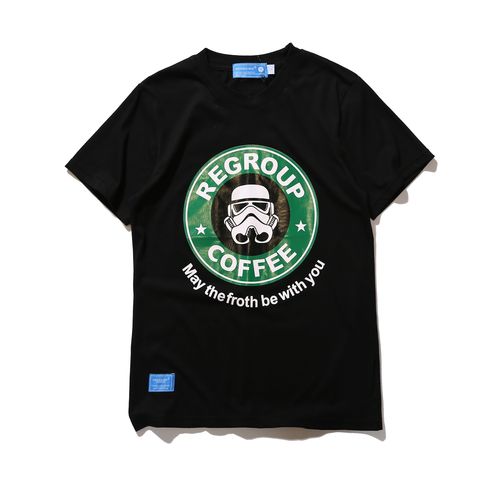The environmental protection and sustainable development of fabrics have become very important in the current era. Many materials and production methods used in traditional textile processes have serious impacts on the environment, such as water waste, chemical emissions, and energy consumption. Therefore, choosing sustainable fabrics can help reduce these unsustainable impacts.
Sustainable fabrics usually have the following characteristics:
1. Organic fabrics: organic The fabrics use naturally grown fibers, such as organic cotton, organic linen, etc. They do not use pesticides, chemical fertilizers and genetic modification, and are more friendly to soil, water sources and human health.
2. Regenerated fiber: Regenerated fiber is extracted from natural raw materials, such as bamboo, corn stalks, wood pulp, etc. Regenerated fibers reduce resource consumption and reduce pressure on forests.
3. Recyclable fiber: Recyclable fiber mainly refers to fabrics that use old clothes or extended waste for textile processing. This type of fabric reduces the need for resources and reduces the amount of waste that ends up in landfills.
4. No fluorescent agents and harmful substances: Some traditional fabrics contain fluorescent agents and other harmful substances. Choosing fabrics without fluorescent agents and harmless substances can reduce the harm to the environment and human health.
In addition to the above characteristics, sustainable fabrics should also meet the following standards:
1 .Certification marks: Marks such as GOTS (Global Organic Textile Standard) and Oeko-Tex (International Environmentally Friendly Textile Certification) can prove the environmental protection of fabrics.
2. Production process: The production process of fabrics should minimize energy consumption, reduce wastewater discharge and waste generation, and ensure the welfare and rights of workers.
3. Transparency and supply chain management: The fabric supply chain should be transparent to ensure the traceability of the source of raw materials and production links.
In short, choosing sustainable fabrics is a positive action that can reduce the negative impact on the environment and promote the sustainable development of the textile industry.








